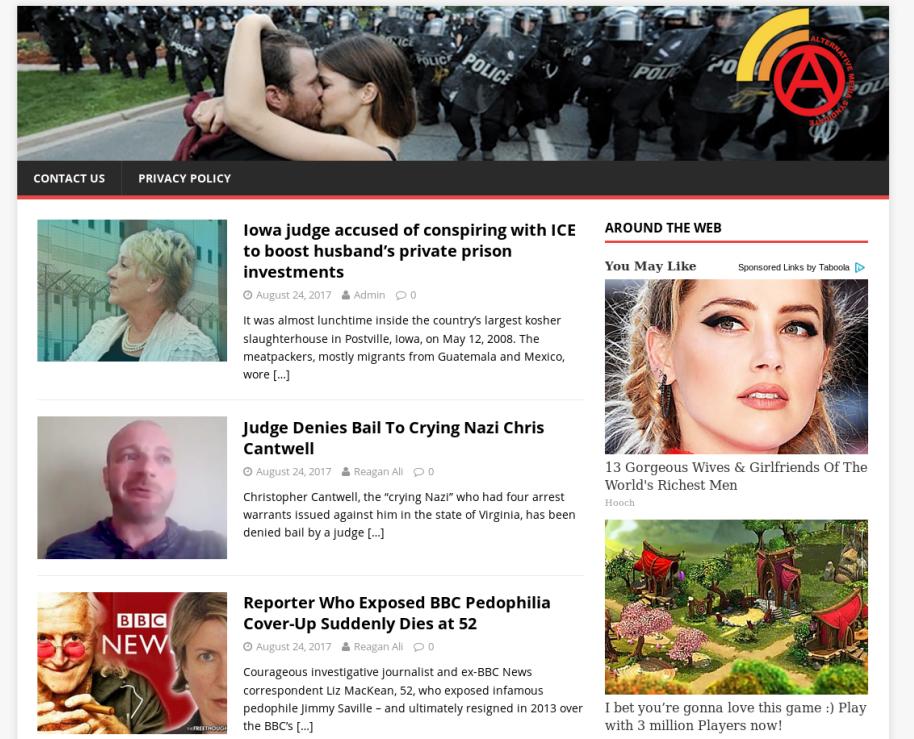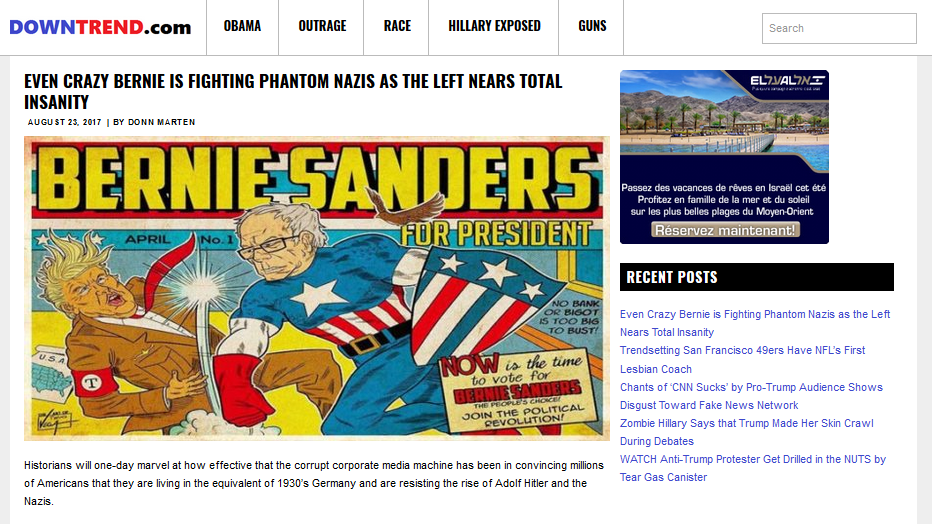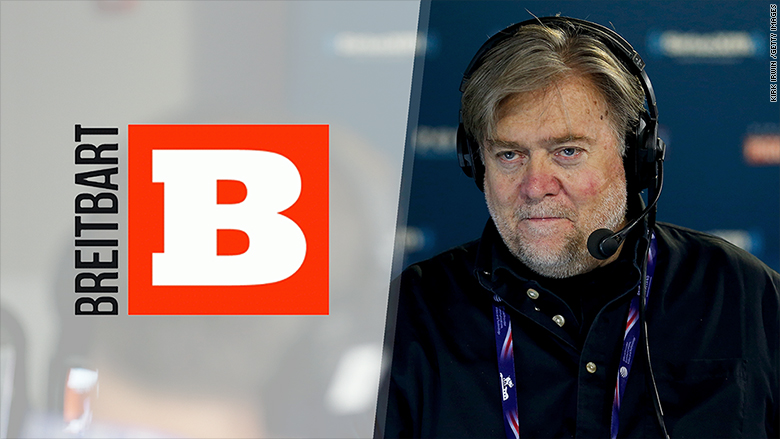While many are celebrating Steve Bannon’s removal from the oval office it brings with it a number of difficulties. Bannon was widely credited with winning the Presidential Elections for Mr Trump and this was primarily through his publication Breitbart . Now that he’s returned Bannon is back in his element and this raises a number of significant concerns for journalists and advertisers alike. When large media companies like Breitbart consistently push fake news and misleading narratives how do we deal with it? Bannon has proven effective at avoiding efforts to shine light on his practices but now it seems that advertisers hold the key to fighting fake news
The line between fake news and opinion is blurry at best
It’s incredibly difficult to draw the line between fake news and an opinion. Any attempts made to discern between the two will undoubtedly be met with accusations of censorship. Somehow a balance has to be struck between the freedom to say what they want while also preventing unscrupulous outlets from pushing blatantly false narratives. Breitbart is an excellent example of this due to its size. The media corporation is popular with a number of users and people clearly value the opinions of their columnists. The problems arise because a lot of what Breitbart write about is based either on falsehoods or misinformation.
The problem is that many will argue that Breitbart is no worse than mainstream media. It is true that many mainstream publications are guilty of presenting misleading or false narratives and journalistic standards have dropped over the last decade. The difference is that mainstream media doesn’t push a consistently false narrative and steps are taken to prevent blatantly false information from being published. Any solution needs to allow for publications to make honest errors. It would need to allow and even encourage publications to write well researched pieces that might include unpopular, even offensive, opinions. Instead any solution has to focus on discouraging sites from pushing fake and misleading “facts” and statistics.
The prevalence of fake news is a huge problem. When people are prevented with a huge amount of conflicting information it becomes nearly impossible to separate fact from fiction. This problem is exacerbated by social media encouraging bubbles and reducing our access to conflicting sources, thus reinforcing the narrative they see. The problem will continue as long as their is money in publishing fake news, meaning that advertisers hold the key to fighting fake news.
The solution to ending fake news lies in technology
Stan Motte, the Co-founder of Storyzy, believes that the best way to combat fake news is in the use of technology. One of the first problems when combating fake news lies in defining it. This could include sites that publish false information, propaganda, conspiracy theories and pseudoscience. These are politically neutral points that have fairly simple characteristics. Simple, clear definitions of fake news are essential because they help to take the argument away from left and right wing and instead focus it firmly upon agreed upon standards for blacklisting content.

Storyzy have developed a sophisticated fake news blacklist that uses these criteria in order to flag suspect sites without involving a human censor. So far their neutral algorithm has already blocked 750 far-left, far-right and extremist sites that have been pushing fake-news. The approach taken by Storyzy mimics that taken by Google and Facebook in response to advertisers being uncomfortable with appearing alongside extremist content.
The best way to discourage fake news is to encourage advertisers to cut off funding
advertisers hold the key to fighting fake news. The fact is that media companies pushing fake news, even large ones like Breitbart , rely heavily upon adverts for their funding. The approach taken by Storyzy is one that puts the power in the hands of advertisers. Stan Motte says that Storyzy ”provides advertisers with a solution to make a decision: do I want to display my ads on objectionable sites? Do I want to fund these sites? They have the liberty to continue or not to advertise on these sites.” products like Storyzy give advertisers a list of sites to chose from and then the ball is in their court. Mr Motte believes that by putting the choice in the hands of the advertisers you shift the argument. Rather than discussing censorship of content you are talking about funding or sponsorship of content.
If advertisers decide to flee Breitbart because they push a fake narrative then the site will be perfectly free to keep publishing. It will just be forced to find an alternative means of funding itself or be shut down. The hope is that by starving unscrupulous publications of their income an example will be set that will encourage responsible reporting based on facts.

While advertisers hold the key to fighting fake news they are also driven by profits and not philosophy. While some brands have been horrified at the prospect of appearing alongside extremist and misleading content, just as many seem ambivalent. Over 450 brands have been spotted on extremist sites, despite the recent events in Charlottesville.
Storyzy has even noted that while Breitbart is included on their blacklist not all of their customers have opted to stop showing ads on the site. This is understandable from an advertisers point of view. Whatever you think of Breitbart they have a large audience and their money is as good as anybody else’s. At the end of the day many advertisers will make a choice not to black list large fake news sites. This could happen if they feel that the boost to the business performance will outweigh any fallout from appearing alongside extremist content.
Storyzy’s approach is a step in the right direction
If the approach taken by Storyzy begins to damage the revenue of sites like Breitbart then they will face a stark choice. Either adapt their writing style to be taken off the blacklist or be faced with the possibility of scaling back their operations or even closing down. Technology takes the focus away from censorship and puts it on ad revenue. Advertisers hold the key to fighting fake news because of this and they will be able to use their money to decide whether they want to continue to allow fake news to exist. Public opinion will define what is fake news, not a censor.
This means that Journalists will still be able to write anything they want. They will just need to start including some facts in their content in order to get paid for it.
 Tech Gadget Central Latest Tech News and Reviews
Tech Gadget Central Latest Tech News and Reviews




